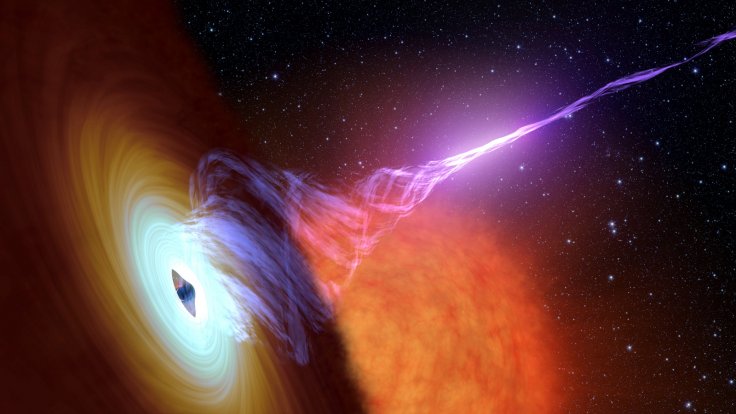
A new study led by Todd Thompson, a professor of astronomy at Ohio State University, has revealed that an entirely new class of black holes might be existing in the universe. The study also revealed that this new type of black holes could be smaller than the already known smallest class of black holes.
"We're showing this hint that there is another population out there that we have yet to really probe in the search for black holes. People are trying to understand supernova explosions, how supermassive black stars explode, how the elements were formed in supermassive stars. So if we could reveal a new population of black holes, it would tell us more about which stars explode, which don't, which form black holes, which form neutron stars. It opens up a new area of study," said Thompson, Science Daily reports.
During the study, researchers analyzed data from APOGEE, the Apache Point Observatory Galactic Evolution Experiment. After studying more than 200 stars, the research team discovered a giant red star that was orbiting something unknown, and interestingly, it was most likely a low-mass black hole about 3.3. times the mass of the sun.
It should be noted that researchers are finding the existence of a potentially low-mass black hole like this for the first time, and this discovery is expected to reshape the entire understanding of the existence of this dark entity in the universe.
A few weeks back, another study led by Caltech professor Michael Brown had suggested that the weird behavior of objects in Kuiper belt could be the result of the gravitational force exerted by a primordial black hole located at the edge of the solar system. Earlier, scientists had speculated that this weird behavior could be due to the existence of a mysterious ninth planet on the edge of the solar system.









